Delicious Scents : Tonka Bean
The tonka bean, one of my favorite ingredients looks unprepossessing—a shriveled black pod covered with suspicious white bloom. However, its scent of toasted almonds, amarena cherries, sun warmed hay and vanilla custard is one of the luscious in a perfumer’s palette. What’s more, the tonka bean was responsible for a revolution in modern perfumery.
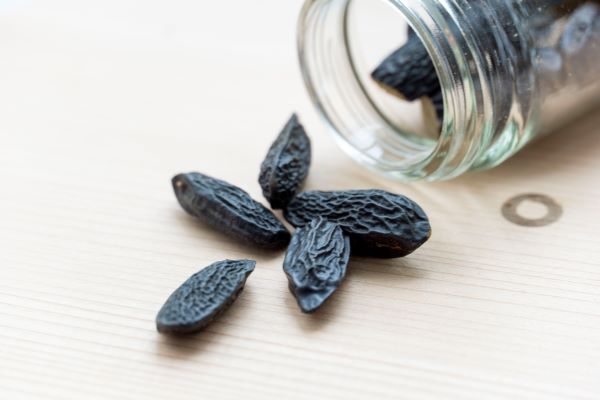
Tonka beans, the seeds of the Dipteryx Odorata tree native to South America, contain a component called coumarin. It’s present in many herbs and plants, including lavender, figs, and cherry leaves, but tonka beans are so rich in this aromatic that it crystallizes to the surface of their skin. Indeed, the very name coumarin comes from a French word for the tonka bean, coumarou. Coumarin was first isolated from tonka beans in the 1820s, and in 1882 it became the first synthetic material to be used in a perfume. To create a fantasy accord inspired by ferns, perfumer Paul Parquet added coumarin to the classical eau de cologne blend of citrus, lavender and geranium. Notes of amber, musk and oakmoss filled in the rest of the composition and Houbigant’s Fougère Royale was born. Along with it, came a new family of fragrances called fougère, which in French meant “fern.”
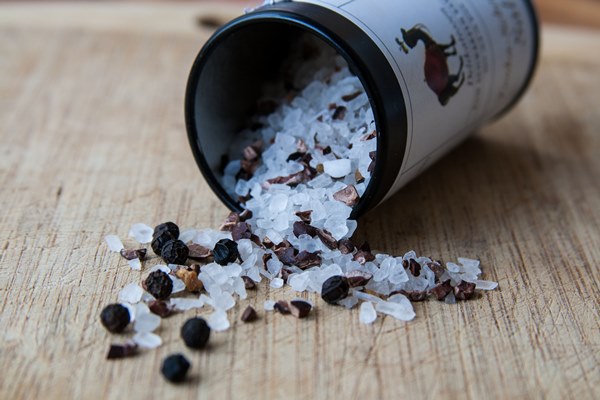
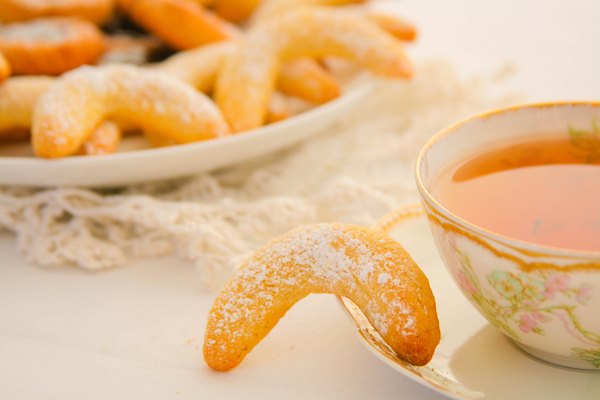










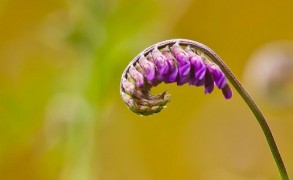
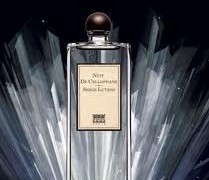

Joi in Giorgio Armani Mania : Long Lost Favorite Perfume: Yes!! January 25, 2024 at 2:54am